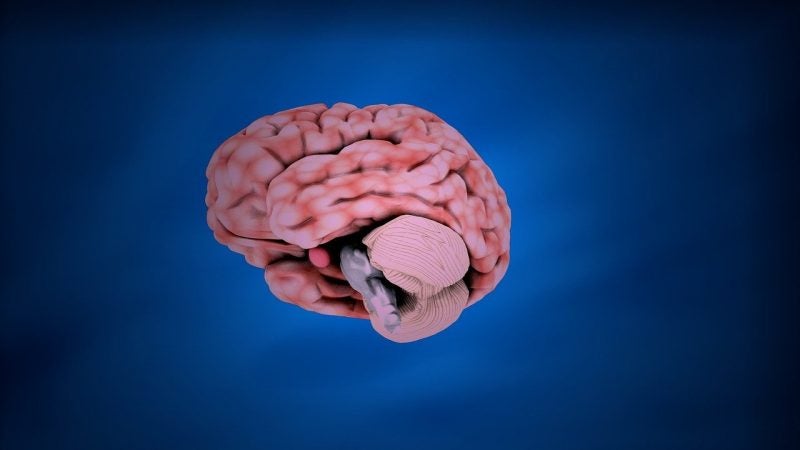
The US Food and Drug Administration (FDA) has approved Cerus Endovascular’s investigational device exemption (IDE) application to carry out a trial of its Contour Neurovascular System in the country.
The Contour system is indicated for treating intracranial aneurysms.
With a fine mesh braid, the system targets the neck of the aneurysm, which is away from the dome that is vulnerable. The system can be self-anchored for stability and is re-sheathable for accurate placement.
Being deployed across the neck also makes sizing criteria less restrictive resulting in easier use in clinical settings.
The latest approval comes after the company received an FDA breakthrough device designation for the system in February.
The study aims to acquire a strong data set that can support the safety and efficacy of the Contour Neurovascular System for the endovascular embolisation of wide-necked, bifurcated and saccular intracranial aneurysms.
Cerus Endovascular president Dr Stephen Griffin said: “We are eager to move ahead with this important trial and anticipate patient enrolment beginning within the next three months.
“The IDE study protocol closely aligns with protocols of other intra-saccular aneurysm repair devices that have received FDA approval.
“Given the real-world patient outcomes we have experienced in Europe, where the Contour Neurovascular System has had CE mark approval since March 2020, we are hopeful that we will see similar, strong results from this trial.”
The company will submit the trial results to the FDA in a premarket approval application for the device.
In March last year, Cerus Endovascular secured CE Mark approval for the Contour Neurovascular System for the treatment of saccular intracranial aneurysms.
Cerus Endovascular chairman Dr Sam Milstein said: “Since obtaining CE Mark last year, we have completed cases in 121 new partner institutions within 12 countries across Europe and Asia.
“During this time, we have accumulated substantial additional clinical data as well as 12-month post-operative follow-up, all of which indicates that the Contour Neurovascular System is well positioned to meet the requisite endpoints of the US study.”



